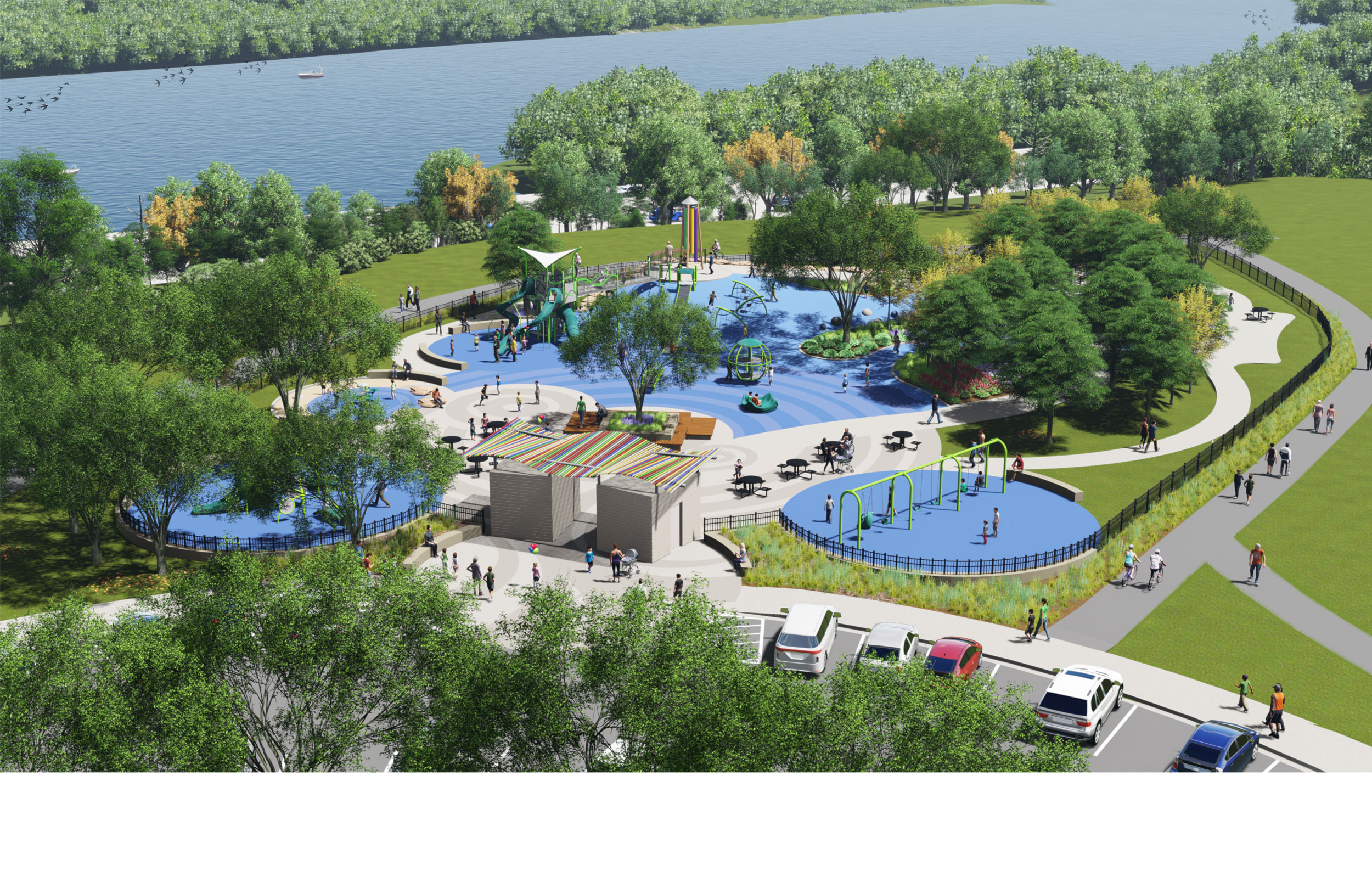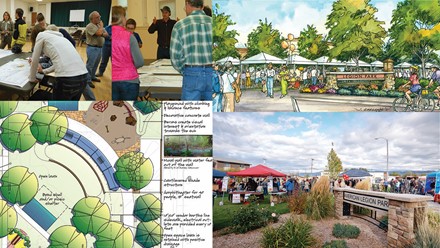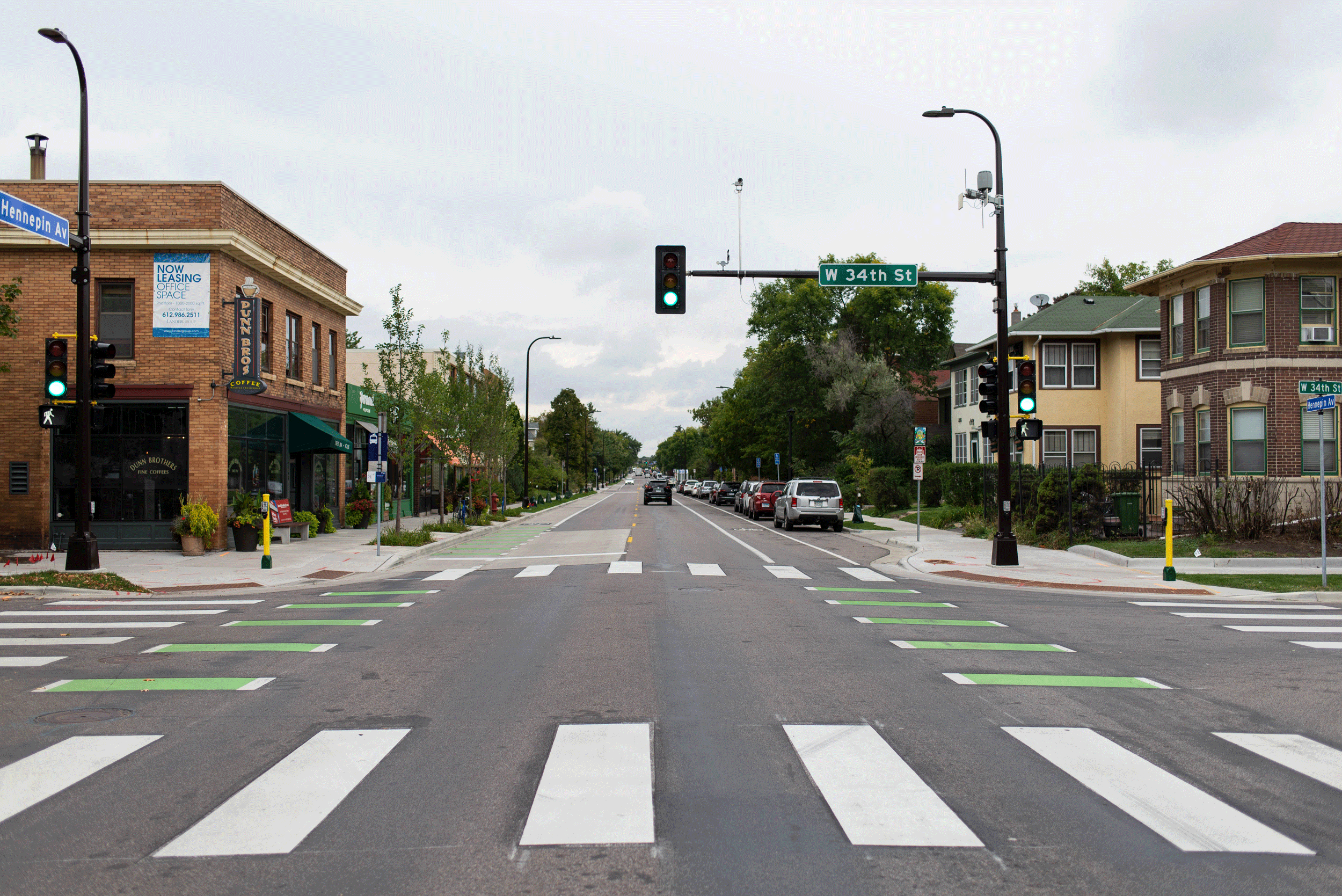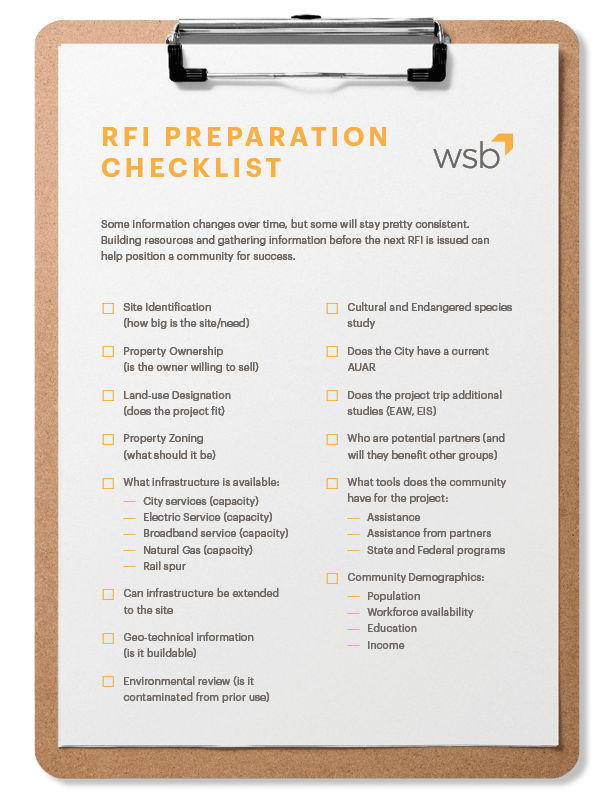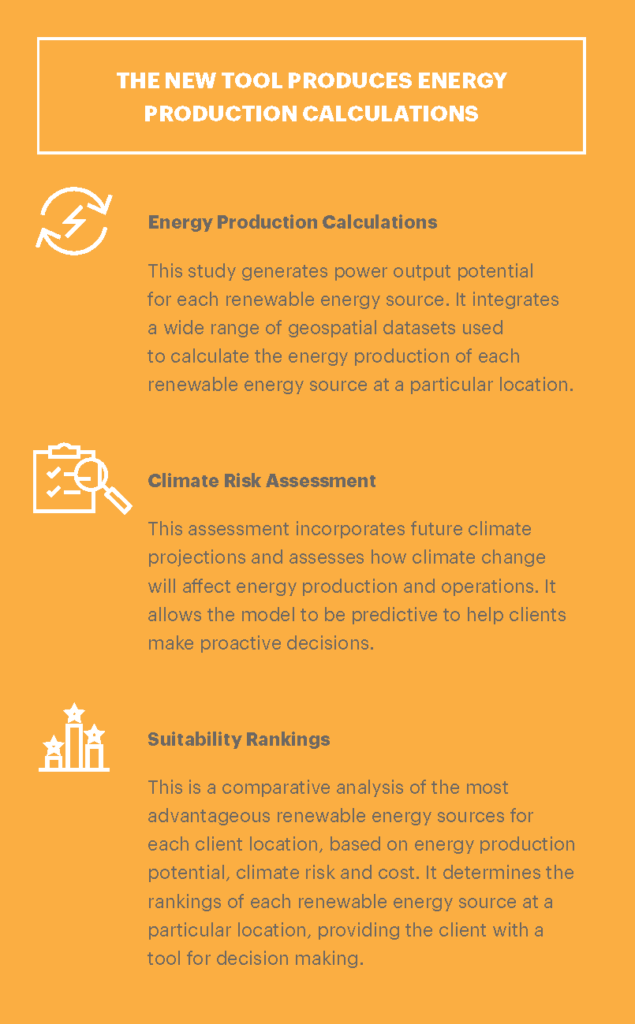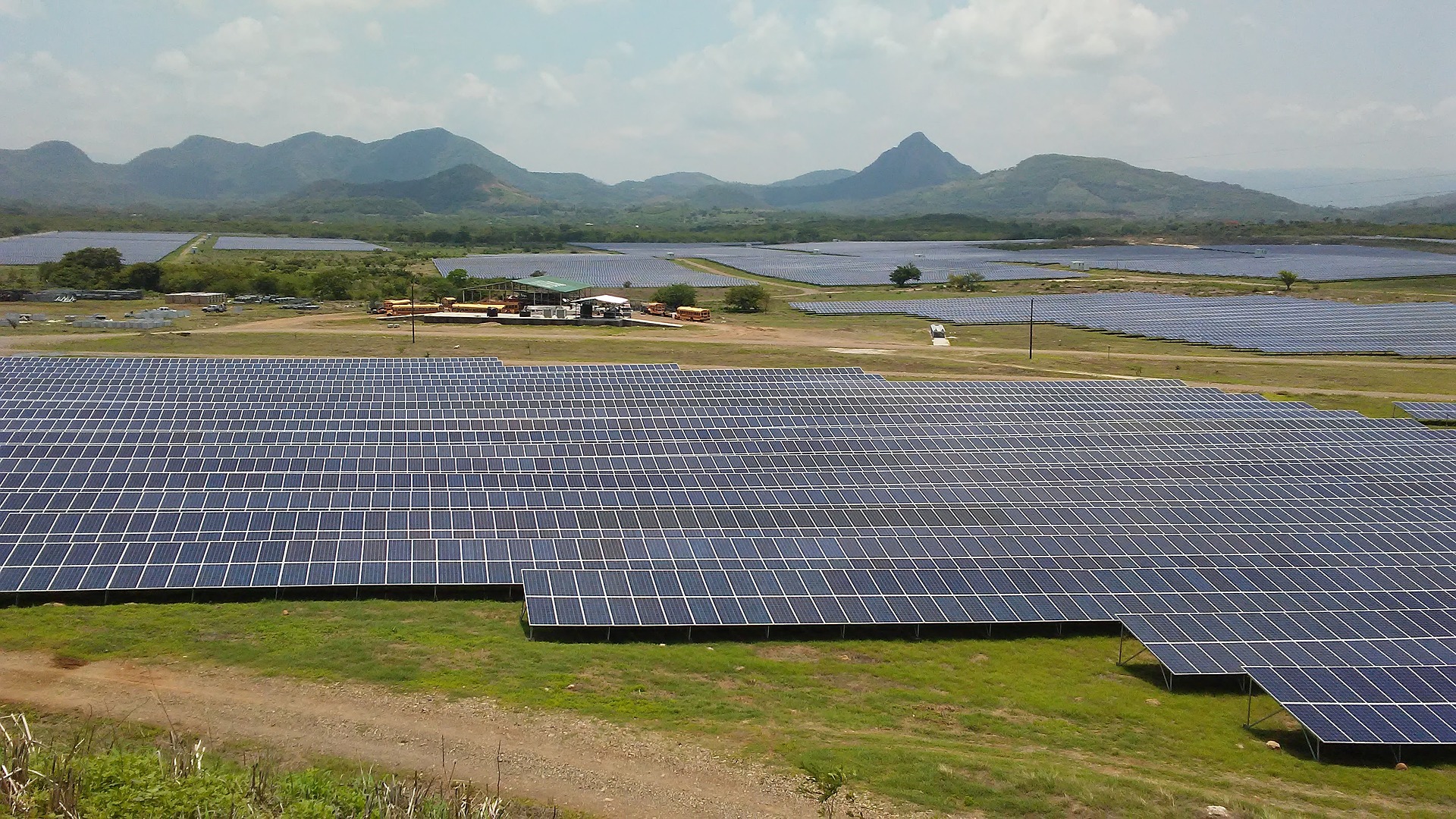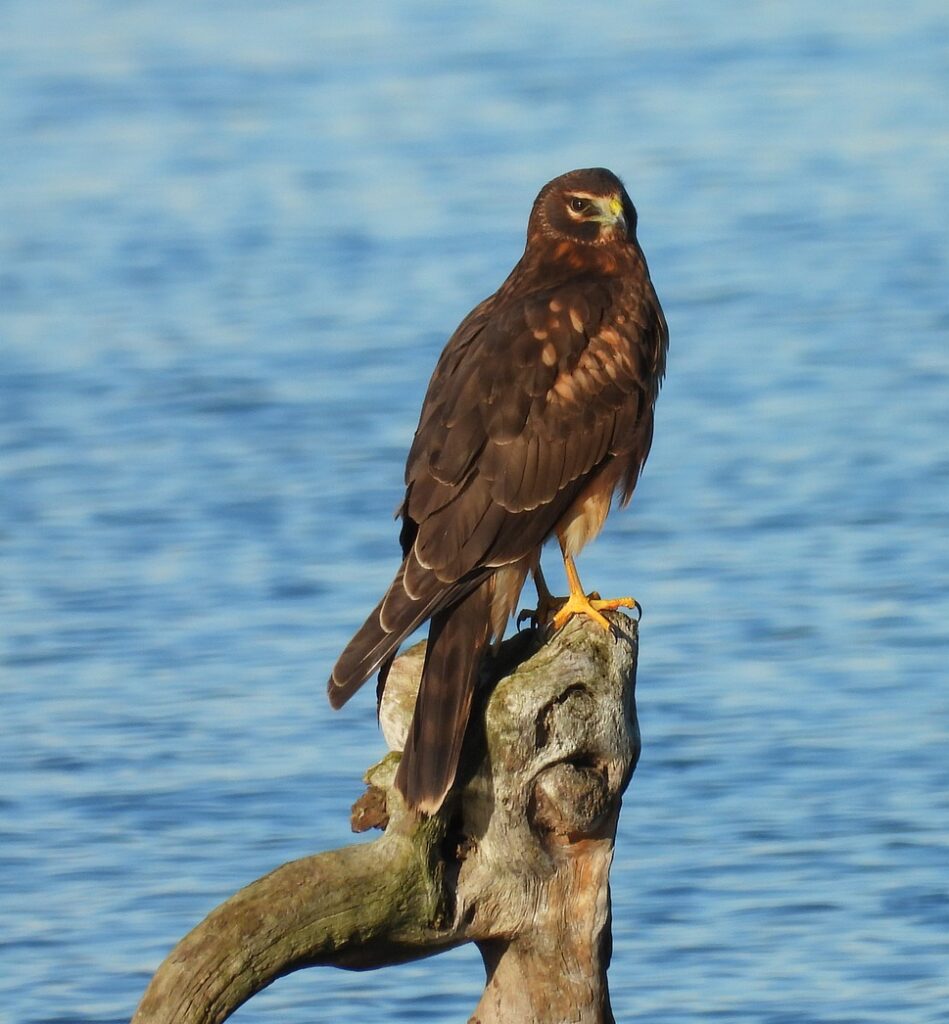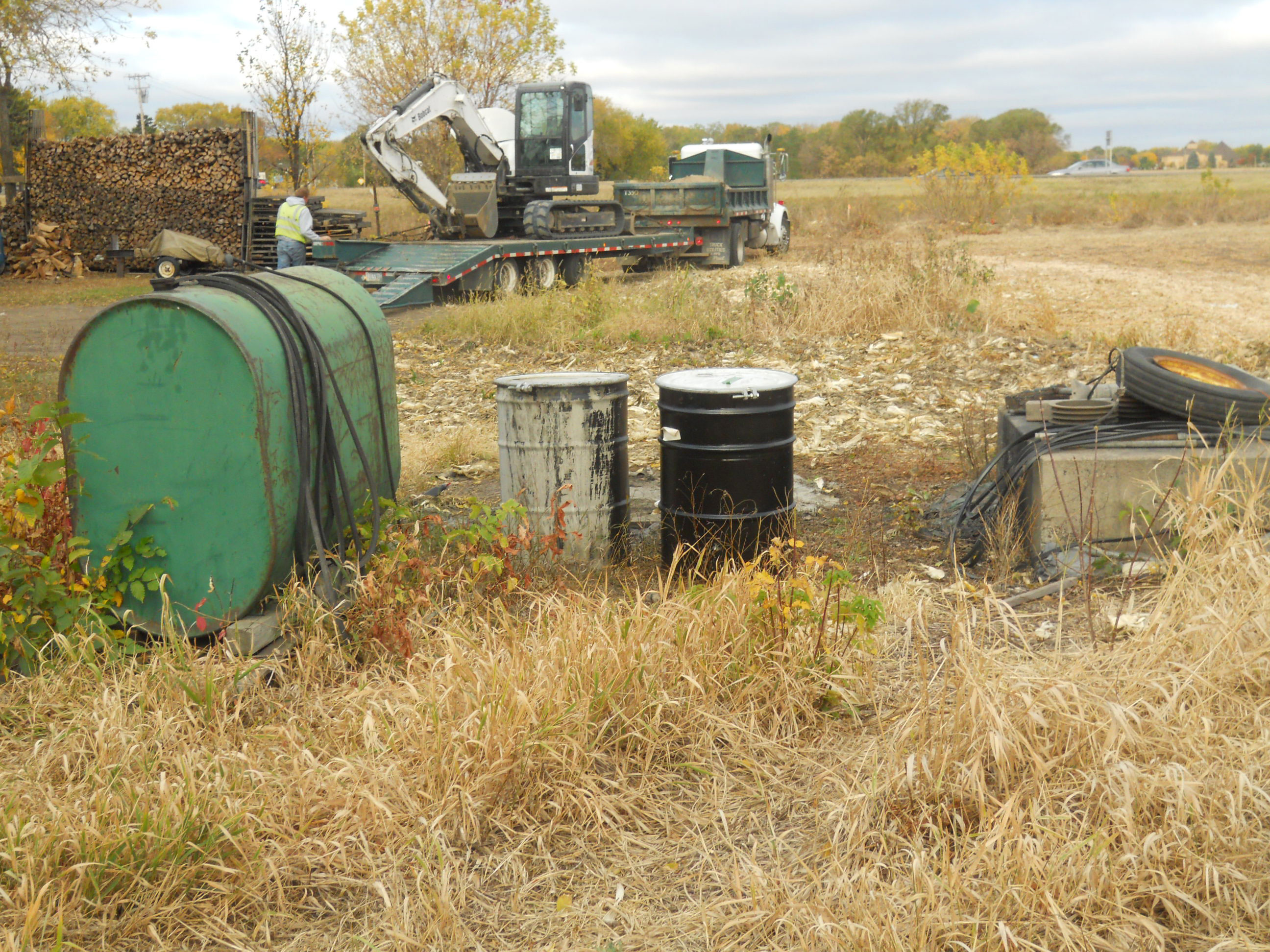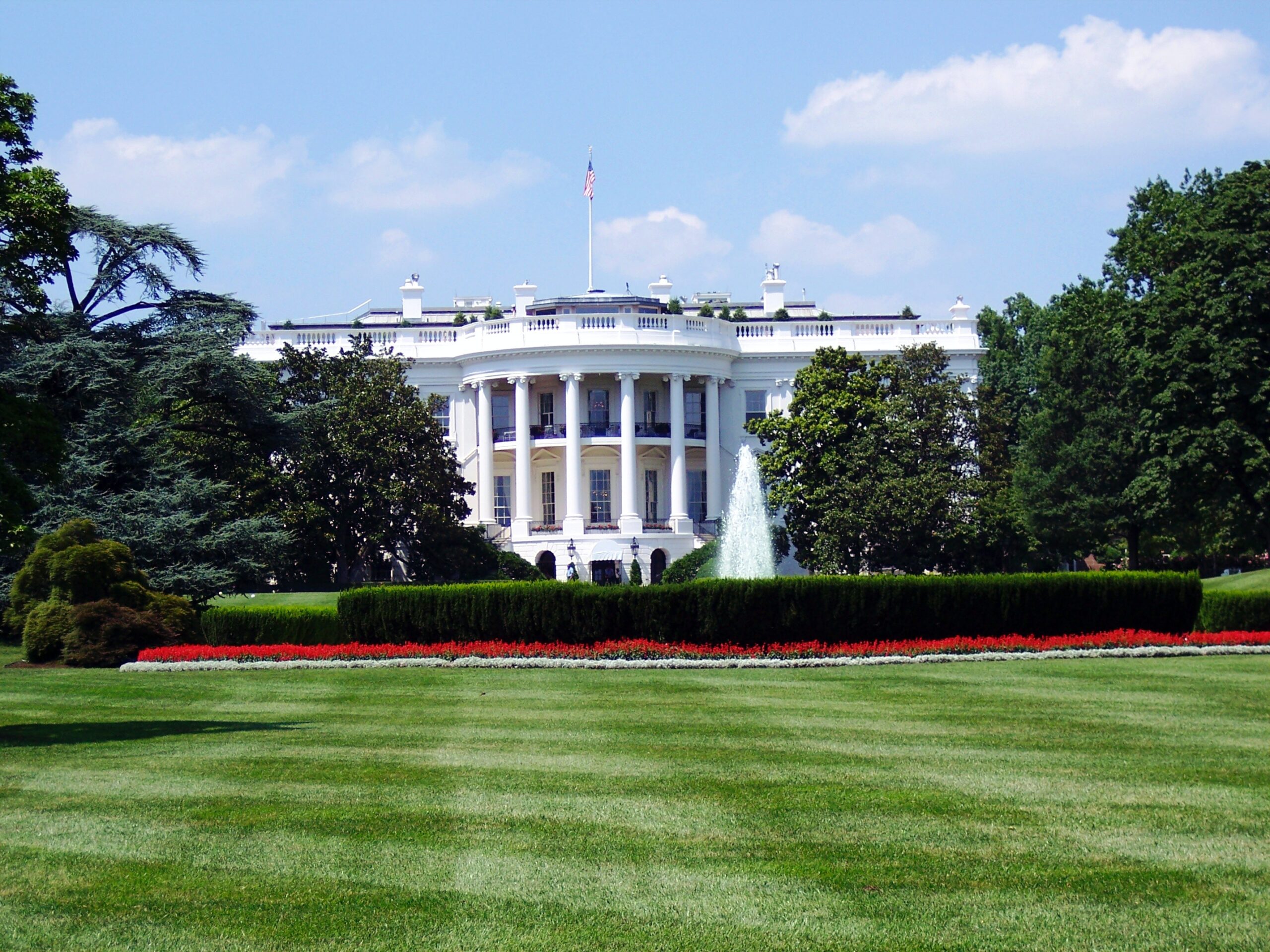
The Infrastructure Investments and Jobs Act: 4 Tips to Set You Up for Success
By Morgan Dawley, Sr Director of Municipal, WSB
2022 is here, and many state and local leaders are eyeing how the $1.2 trillion Infrastructure Investments and Jobs Act, passed late last year, can help fund priority projects. While there are still some questions to be answered on how funding will come down and what final projects will be chosen, there are significant opportunities across the country, and things community leaders can be doing now to give them a leg-up.
Here’s how to start.
Think Big.
You may have a list of projects you are working to advance, but don’t be limited by your list. Because of the size and breadth of this funding package, this is a chance to think big. Rather than looking at what projects may be most eligible for capital funding, pause and take a larger look at the needs of the community. Additionally, with so many different categories within the bill – traditional infrastructure, sustainability, cyber security, reconnecting communities and more – how you approach the scope of your project could help tap into new opportunities to secure funding.
Similarly, if you have a project that is already on a high-priority list, don’t miss out on the chance to use the Infrastructure Bill to fill funding gaps or expand the scope of the project!
And as you think big on what the Infrastructure Bill can do, it’s also critical to
Bring Stakeholders Together to Explore What the Community Needs.
Approaching community needs in a holistic way means bringing multiple stakeholders together to talk about what opportunities are out there, and what priorities should be advanced. Elected leaders, state and local agencies, engineers, public works, local business owners and the public are just some of the voices you can bring to the table. If you have strong stakeholder support, it can put your project in a better place to secure funding.
Furthermore, with a greater emphasis on community solutions that address the needs of low-income and traditionally underserved populations, viewing infrastructure projects from various lenses can not only solve big community problems – but put your project in a better position to receive funding. For instance, the legislation includes $1 billion to reconnect communities that have been divided by past infrastructure projects.
A variety of voices and stakeholder support is important, and there may be a project or objective that you didn’t think could be tackled until further in the future, but there is an opportunity to advance it now.
Engage Your Neighbors.
Similar to engaging various stakeholders, looking at bigger projects that may span multiple communities could provide a significant advantage. Multiple local funding sources, as opposed to one, demonstrates collaboration and can help lock in dollars for bigger projects that serve multiple communities and more people.
Consult with the Experts
At WSB, our job is to help our client connect the dots between their vision and reality. We have an in-depth understanding of not only planning and designing projects, but also tapping into diverse funding sources, engaging with the community to advance a project, and solving the complexities that come with engineering projects. What a community may think of as a simple street repair project could have implications for sustainability, clean water and more. Understanding and tapping into every opportunity possible is key!
Want even more information on the Infrastructure Bill? Check out WSB’s other piece on what’s in the bill here.

Morgan brings 22 years of experience in municipal, transportation, and civil engineering projects. For the past 17 years, he has been providing consultant city engineering services, including strategic planning, preliminary design, project development, and public engagement. He is passionate about finding solutions that are right for the client and that help neighborhoods and communities achieve their goals and vision for the future.
[email protected] | 763.287.7173
